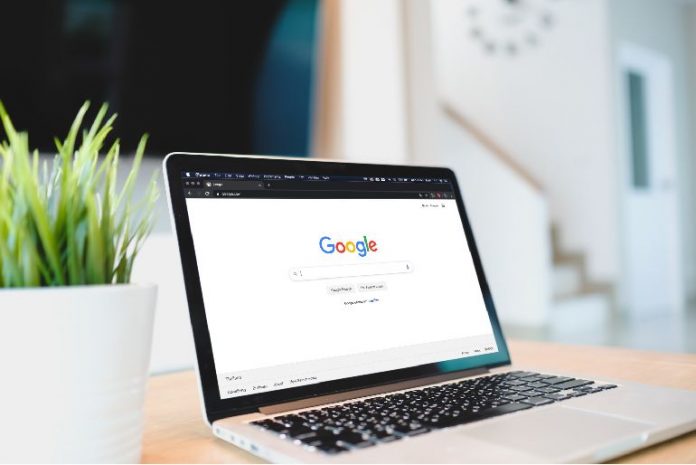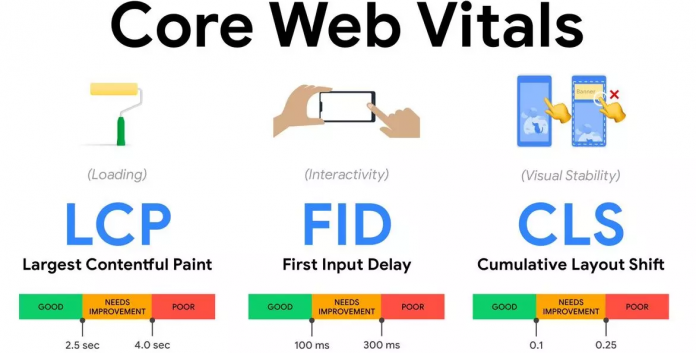Google has started to incorporate page experience signals in ranking a webpage in its search results. This development is the part of new metrics, called Web Vitals, that monitor a website’s speed and overall user experience to rank it. It was rolled out last year and has been in practice ever since. But it is now part of Google’s algorithm to rank a site. What exactly does Google mean by user experience? And what are these page experience signals and Web Vitals? We will answer these questions here. With Thailand’s online and digital marketing rise in Thailand, these factors have become more critical than before.
Rolling out of page experience:

In the past, Google has often changed ranking factors arbitrarily and without informing the SEO companies or website owners. This has invited a lot of flak. Considering this, Google has been more forthcoming regarding these new changes now. It has started unveiling them in phases and also kept the stakeholders in the loop. In this way, these new changes have been well-received than their predecessors.
User experience in brief:

Usually, user experience is taken as the speed that a website takes to load and display information. However, Google’s user experience ranking factor runs more profound than that. Google has been judging websites with loading speeds since 2010. In 2018, it included loading speed as a ranking factor in mobile search results as well. But in 2024, it combined speed with various other user experience factors to create the overall user experience update.
According to Google, a page should not only load fast, but it should also feel fast. An excellent page experience engages the users well, and they can get their work done in a short time. A lousy page experience, on the other hand, can hinder a person’s capability to find the information he wants from the page and takes a longer time to process information. Any top digital agency can optimize your site to provide you with an overall good user experience.
We will now look at certain factors that make up a user experience on a website as per Google’s new guidelines.
Core Web Vitals:

These web vitals should be present on every website, and Google looks for them for ranking purposes. They include:
Largest Contentful Paint (LCP): This metric determines how long it takes to view the most prominent content element. For a better LCP remove all the unnecessary ads, videos, or at least minimize them so that they do not hide the main content.
First input delay (FID): The time it takes for a browser to respond to a user’s command like a mouse’s click, etc. FID is measured in milliseconds and the acceptable delay time is 100 milliseconds or even less. FID is crucial in pages that require user input like signing up, etc. But in a read-only content FID may not matter that much.
Cumulative layout shift (CLS): This metric measures the visual stability on screen. For a better CLS, reserve ample space for images, videos, etc. Ensure that the web fonts are adequately represented and dynamically-injected content loads below your existing content.
Mobile-optimization:

Does the site have a mobile-friendly version or not? A digital marketing agency service would tell you that more and more people are turning to their smartphones to access the internet, so the mobile-friendliness of any site is very important now.
HTTP:
This certification ensures safe browsing and has been in vogue since 2016. It means whether or not the site is using a secure connection or not?
Safety for others:
It means an overall safe browsing experience for the users. It also includes recommended mode of action for safety issues.
Interstitial guide:
It includes things like pop-up ads, banner ads, or other intrusions that mar a user’s experience and stop him from getting the information he is seeking.
These are the metrics that Google now uses along with the loading speed to measure the overall user experience on a page, and this is what is meant by user experience. An influencer marketing agency Thailand and an e-commerce agency Thailand can give your more insight into it.
Content is still the king:

Having a great page experience does not mean that content of the page is now of little relevance. Content is still important and Google will consider it for search ranking. However, in different pages having similar content the overall page experience may prove to be significant for in determining the search ranking.
AMP for Top News Stories search:
AMP is now no longer needed to find your way in the Top News search stories results. Google will now look at the page experience on the whole and decide which news item to show first in the Google’s top news stories results.
If you are still using AMP pages, then AMP will matter in the Google mobile search results but bear in mind that your AMP pages will be in direct competition with other pages to get a higher rank in the mobile search results.
Page experience tools:

- To monitor, measure, and optimize your overall page experience there are various resources at your disposal. We are giving out some of them below;
- There are several tools available for measuring FID, CLS, and LCP. You can visit the relevant sections on Google to learn more about them.
- A mobile-friendly test is also available with Google that you can conduct to check the mobile-friendliness of your website.
- You can learn to secure your site with HTTPS. This tool is also available online and you can search for it and perform the required test.
- The FAQs section about Core Web-Vitals on Google is a valuable resource that you should visit and gain more insight on this topic.
You can avail the benefits of this digital agency at an exceptional price with complete confidence. Social media agency in Thailand that can provide you with all the digital services you need for your page, including getting an overall user experience is a http://www.ibexmediagroup.com.









